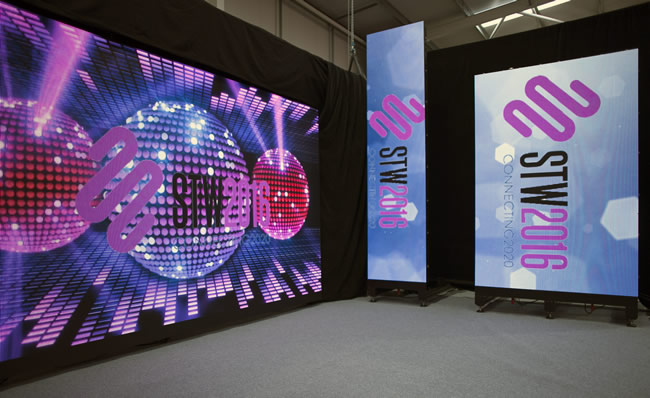The Technology Behind LED Screens

Within the last twenty years, LED screens have become widely used by television manufacturers. As the technology behind the LEDs increase, so does the efficiency and quality of the televisions being produced. The first true all LED display television was developed by James P. Mitchell in 1977 as a prototype. The prototype received awards given by NASA and the General Motors Corporation. The project was the first stepping stone in using LEDs to replace the older CRT system (cathode-ray tube technology). Even though the design was efficient, the technology was still limited to using only one color. It wasn’t until almost three decades later the technology would be developed enough to function.
The first TV using LED backlighting was made available on the market in 2004. The Sony Qualiia 005 was priced at 10,000 dollars and the 46″ television would revolutionize the entire industry. Currently, a 60 HDTV might run you about 1,500 or 2,000 dollars. This is a testament to how the technology is improving and is becoming more affordable along the way. Today’s current LED televisions have far improved, providing richer colors, higher contrast, and using less power than their predecessors.
Why are LED’s more efficient?
The efficiency of LEDs (light emitting diodes) is due to the process of how they convert electrical energy into light. While incandescent or HID lights use energy in the infrared spectrum, this generates unnecessary heat. LED’s don’t waste energy in the non producing light spectrum. They utilize technology which converts energy directly into the light of a single color. This more efficient process also reduces one’s carbon footprint, while additionally lengthening the lifetime of the light.
Advancements
Originally, the first LED on the market was only capable of producing red light. The Monsanto Company was the first to commercialize the Red diode in 1968 by using gallium arsenide phosphide. Shortly after, in 1972 gallium nitride was discovered for the usage of creating the Blue LED. Over time different elements were discovered to create different colors, and produce more efficient light output in terms of lumens.
It wasn’t until the development of the White LED that the high efficiency of the blue LED was attained. By using a phosphor coating which allowed the emitter to absorb some of the blue color, a yellow color could be produced by fluorescence. While the first white LEDs were expensive and inefficient, the light output of LEDs grows exponentially, doubling approximately every 36 months. The newest development of experimental white LEDs has shown to generate over 300 lumens per watt of electricity. Some of these have a lifetime of up to 100,000 hours. In comparison to incandescent bulbs, not only is this a huge increase in electrical efficiency but also provides a lower cost per bulb.
With technology increasing at an exponential rate, not only does the affordability of LED screens increase, but open up a wider possibility of applications. From using massive LED displays such as Jumbotrons, or using smaller higher resolution applications such as OLED screens on mobile devices, it’s clear the last two decades have supplied us with numerous advancements in LED techonology.
